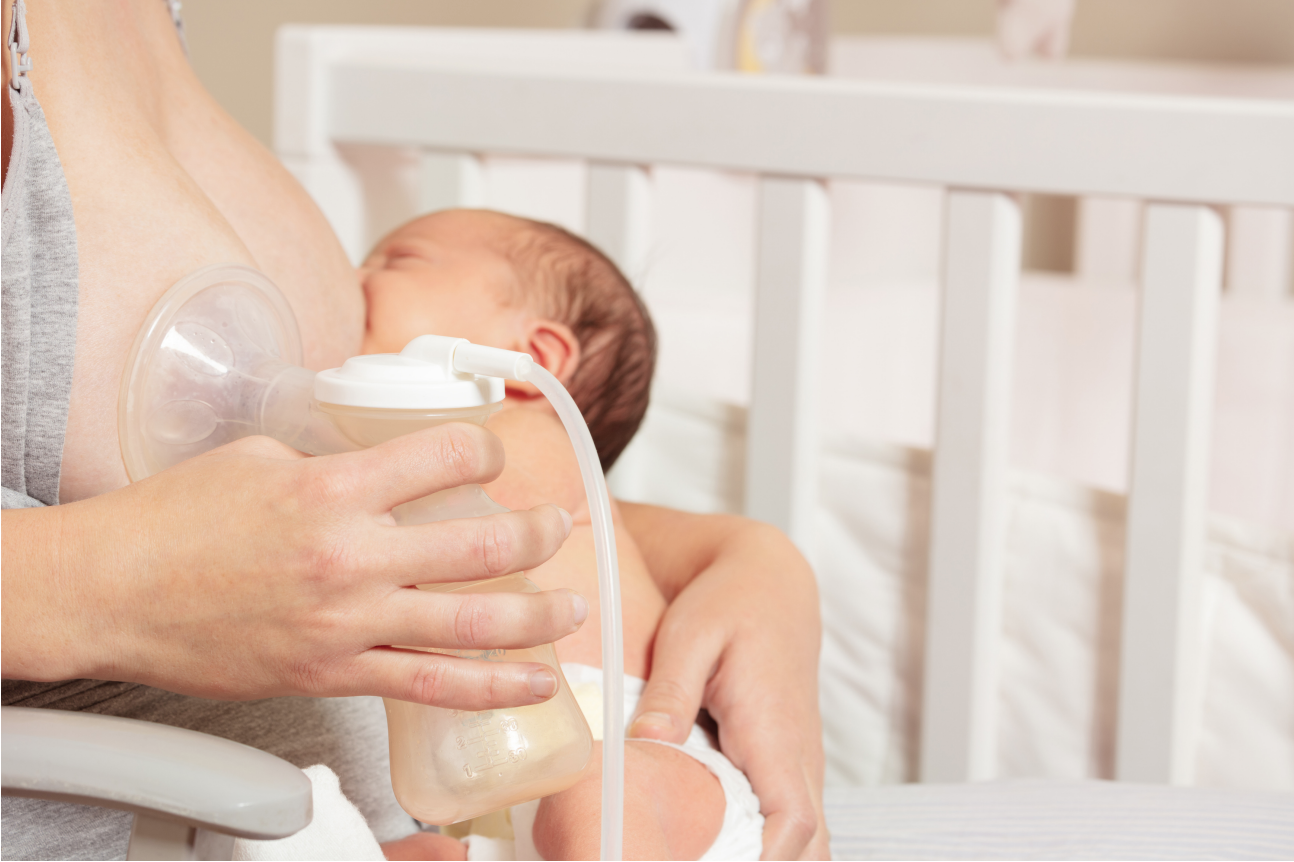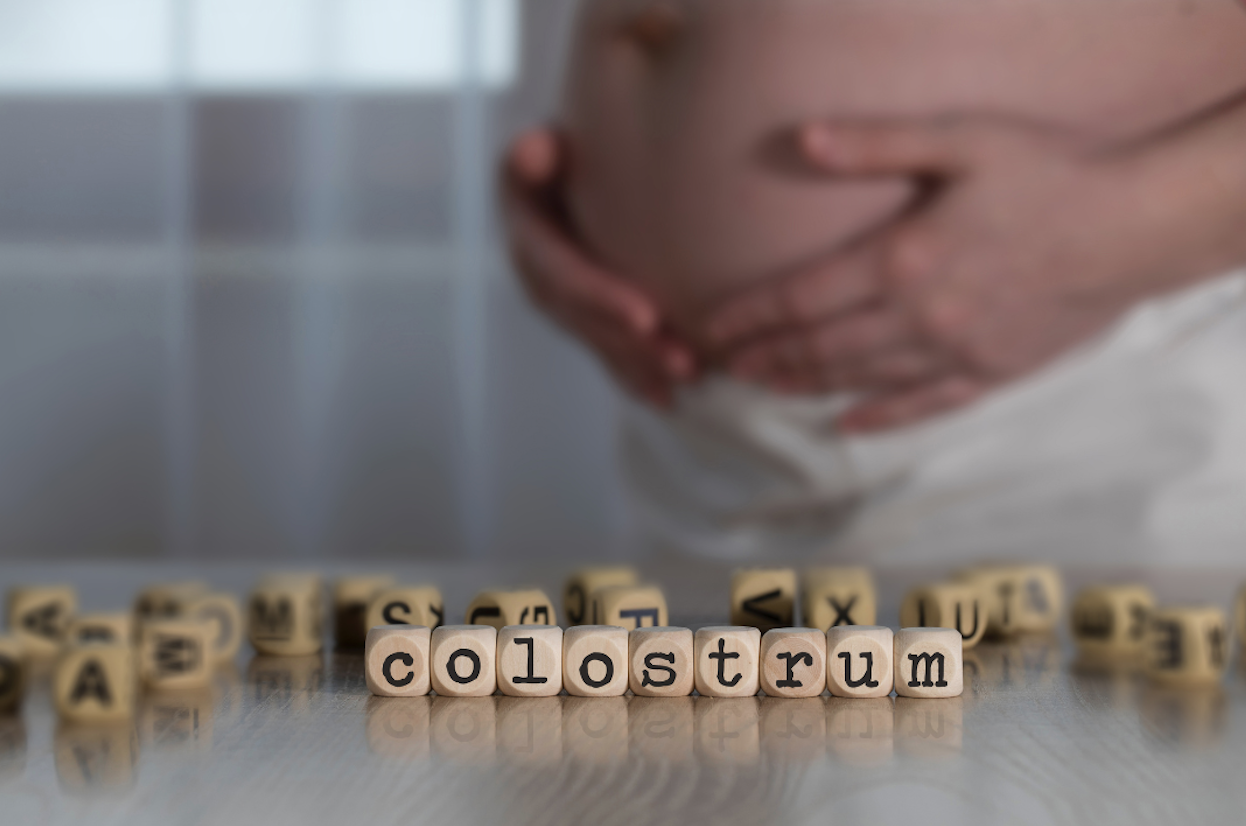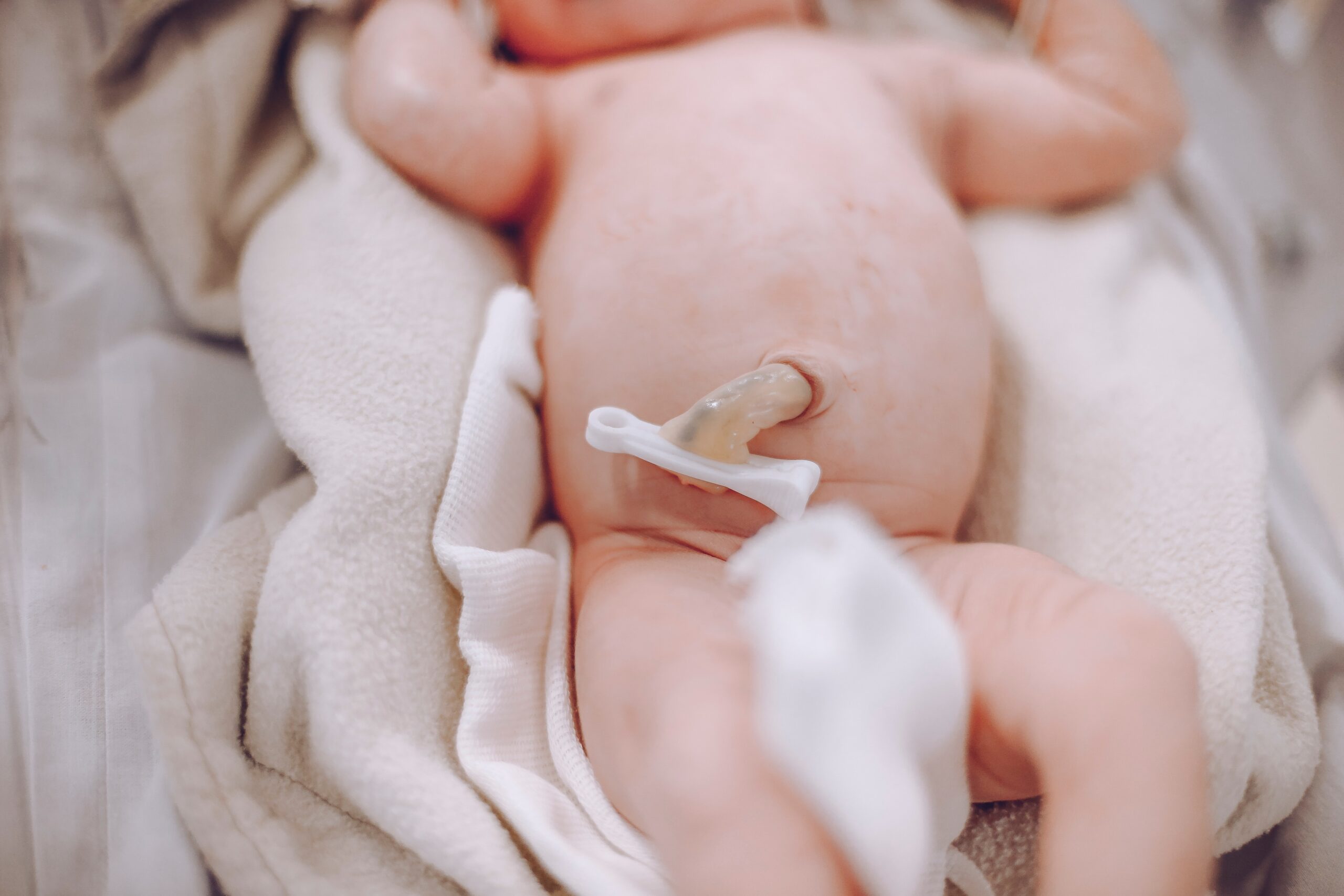
Choosing the correct size of the flange is the key to having a pleasant and efficient extraction of your breast milk. You need to keep in mind that not all nipples are the same, and every one of you has a different shape and size.
There are several reasons why it’s important to choose the correct size:
– To avoid nipple trauma
– To avoid feeling pain when breastfeeding
– To prevent the compression of your milk ducts
– To encourage optimal breast drainage
– To maximize the amount of milk expressed
So, what exactly is a flange?
I’ve been talking about how you need to choose the correct breast pump flange size, however maybe you’re asking yourself “what is exactly a flange?”
The breast pump flange is the part of the pump with a funnel shape that is adjusted around your breast and your nipple. This part usually has an opening angle of 90 degrees to accommodate your breast, and a funnel inside of where your nipple should be able to move freely while you are pumping (to avoid any confusion, some companies call it a flange and others a funnel).

My TOP 5 Tips on how to choose the correct size flange for your breast:
- Take a ruler or a tape measure.
- Measure the width across the face of your nipple in millimetres.
- It’s recommended to add an extra 2mm (1 per side).
- Do not include measurements for your areola.
- Note that the size of the flange should be bigger than the size of the nipple.
Some of the brands recommend their own way to take the flange measurements, however I have always found the above to be the most effective.
How do I know if I chose the correct flange size?
To know if you have chosen the appropriate size, you should note:
- The flange should create a comfortable sealing to generate a vacuum and attract softly your nipple towards the funnel.
- You shouldn’t feel any pain or pressure in your nipple or breast during your extraction.
- You should avoid too much areola being inside the funnel.
- You should feel that your nipples are not rubbing against the walls of the flange.
- You should be able to see your nipples moving freely.
- There should not be any redness, whiteness or ischemia on your skin.

If you are suffering any of these signs, I would recommend reviewing the size of your flange.
Keep watching this space as soon I’ll be covering some of the most popular breast pump brands out there, so you know what to look for when buying your next breast pump.






